Explainer: What are the scenarios and potential targets of retaliatory strike on Haifa?
By Ivan Kesic
More than two weeks after the assassination of senior Axis of Resistance leaders in two separate attacks in Tehran and Beirut, preparations are underway to avenge their blood with a retaliatory military operation.
The exact nature and timing of the military operation is shrouded in mystery, but it is clear that it is imminent, as confirmed by sources to the Press TV website.
While Tel Aviv has been identified as one of the possible targets of the planned retaliatory operation, other potential targets are located in Haifa, a strategic city in the north of the occupied Palestinian territories.
Press TV website in a previous analysis reported about political, military, and intelligence installations in Tel Aviv as potential targets due to their direct involvement in the terrorist attacks in Tehran and Beirut.
Beyond Tel Aviv, Haifa is home to several important military bases, regime headquarters, and strategic military industries, making it a significant target of the imminent retaliation.
The credibility of Haifa sites as potential targets has been supported by recent reports in Israeli media outlets such as Haaretz and Yedioth Ahronoth, and more notably, in a speech by Hezbollah Secretary General Sayyed Hassan Nasrallah.
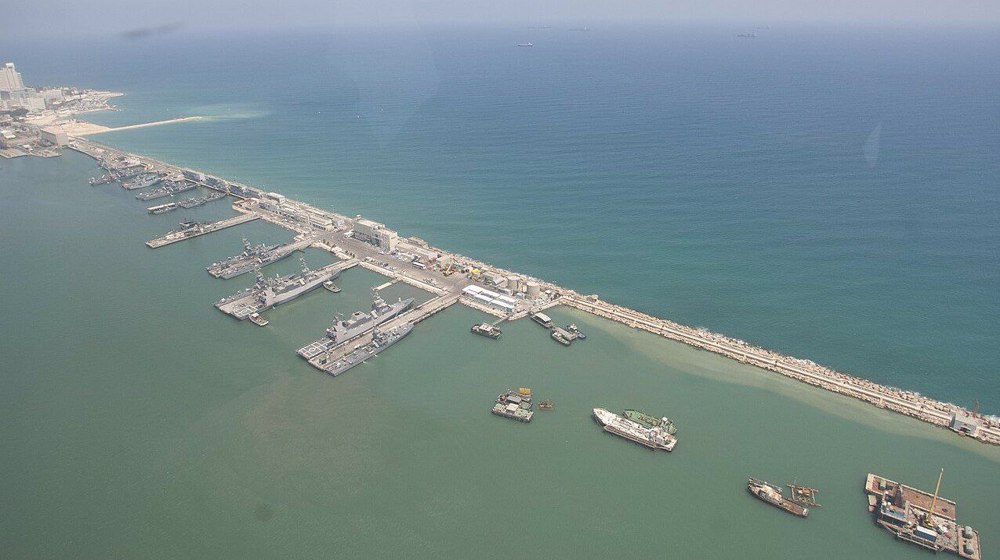
In a speech on August 6, in response to the Israeli terrorist attack in Beirut, Nasrallah suggested that Haifa could be "one of the main targets that Hezbollah may strike" following the assassination of top-ranking military commander Fuad Shukr.
Among the most important military sites in Haifa is the Haifa Naval Base, which houses the Israeli Mediterranean fleet and is the largest naval base in the occupied Palestinian territories.
It is situated on the northwest side of the Haifa Port complex, the largest and busiest port in the occupied territories, handling more than half of the region's maritime and international trade.
Most of the remaining maritime traffic has been diverted to the Mediterranean Port of Ashdod in recent months, as the Red Sea port of Eilat has become bankrupt due to the crippling Yemeni blockade over the genocide in Gaza that has claimed 40,000 lives so far.
The Haifa Port complex spans six kilometers along the city's downtown, offering a wide range of shipping services and land and air transport connections to all parts of the region, which adds to its strategic importance.
In addition to hosting most of the regime's warships and the entire submarine fleet, Haifa Port remains a preferred docking site for the Bahrain-headquartered US Navy's Sixth Fleet, accounting for roughly 50 percent of all visits to the Eastern Mediterranean.
Each year, an average of 20 American warships, including aircraft carriers, dock in Haifa, primarily to utilize its advanced repair and servicing facilities.
This state-of-the-art naval port infrastructure, which includes several new buildings, a pier, a transfer pit, and various other facilities, was constructed by the US Army Corps of Engineers Europe District (NAU) during the 2000s.
According to then-NAU commander Margaret W. Burcham, these facilities were designed to help maintain the regime's "qualitative military supremacy" over countries in the region. But, equations have changed now, according to observers.
The Haifa Port complex also includes a military shipyard, alongside Eilat and neighboring Atlit, one of three in the occupied Palestinian territories where the largest homegrown naval vessels were built.
Other critical infrastructure in the complex or surrounding area includes a gas power plant to the south, a civil-military airport, and an oil refinery with storage facilities to the east, as well as a naval training base to the west.
As with potential targets in Tel Aviv, all listed sites in Haifa are interspersed with densely populated residential areas or have dual military-civilian purposes.
The naval training base Bahad 600 has been partially converted into a residential district in recent years, with newly built apartment buildings, houses, and a children's hospital located just a few meters from the military facilities and the naval port.

Recently, echoing the concerns of Haifa residents, the Israeli newspaper Haaretz highlighted the potential danger posed by petrochemical plants containing hazardous materials, which could be targeted in a retaliatory strike by the Axis of Resistance.
They noted the presence of a large concentration of hazardous materials in Haifa Bay, confirmed by a 2022 survey that identified 81,500 dangerous sources and 800 types of hazardous materials, all surrounded by residential neighborhoods.
In addition to the port complex, Haifa has other significant sites that could be targeted, such as the Bahad 21 air force training base with a technology college near the airport, and the ministry of war affairs building between Mount Carmel and the coast in the western part of the city.
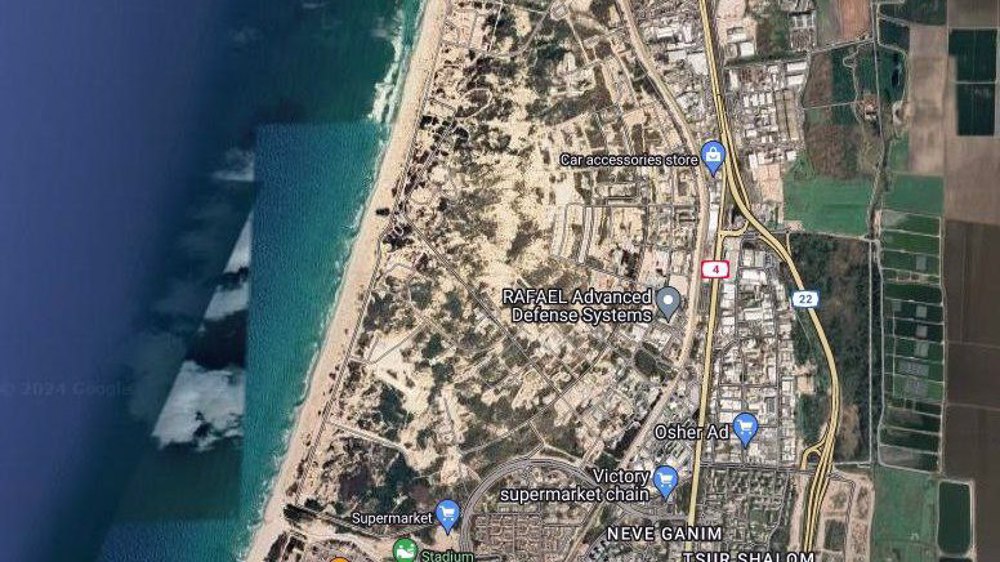
There are also military-industrial facilities, such as the complex of 'Rafael Advanced Defense Systems' north of the city, covering several square kilometers.
Rafael is one of the regime's three largest military manufacturing companies, producing protection systems for armored vehicles, the Iron Dome and David's Sling air military systems, and various types of cruise and guided missiles.
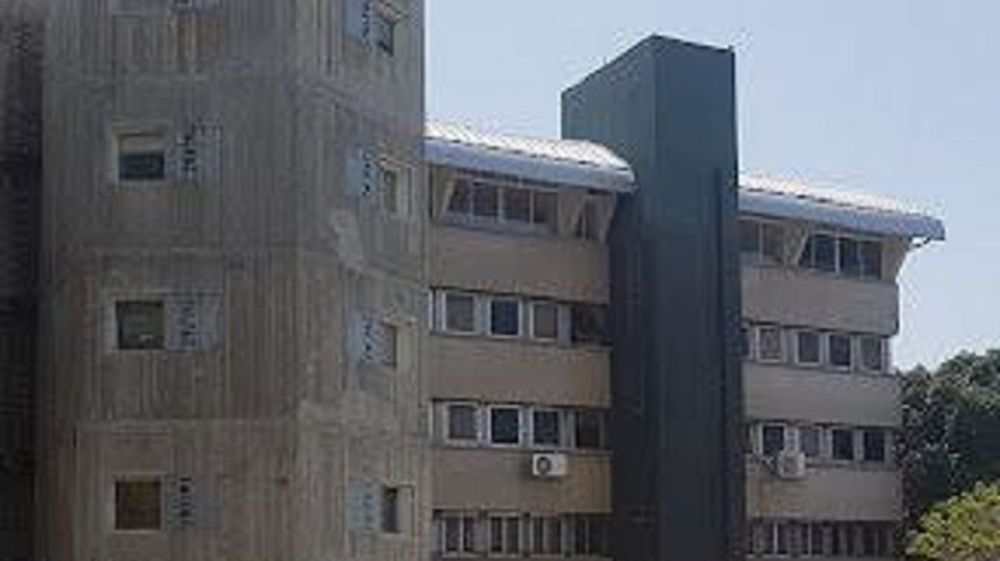
The attack on Hamas political bureau leader Ismail Haniyeh in Tehran, according to a statement by the Islamic Revolution Guards Corps (IRGC), involved the use of "a short-range projectile armed with a warhead weighing approximately seven kilograms," corresponding to versions of the Spike missiles manufactured by Rafael.
So, as the clock ticks and the hour approaches, the murderous regime in Tel Aviv must brace up for an attack that will be a fitting response to its terrorism in Gaza, Tehran, Beirut and beyond.
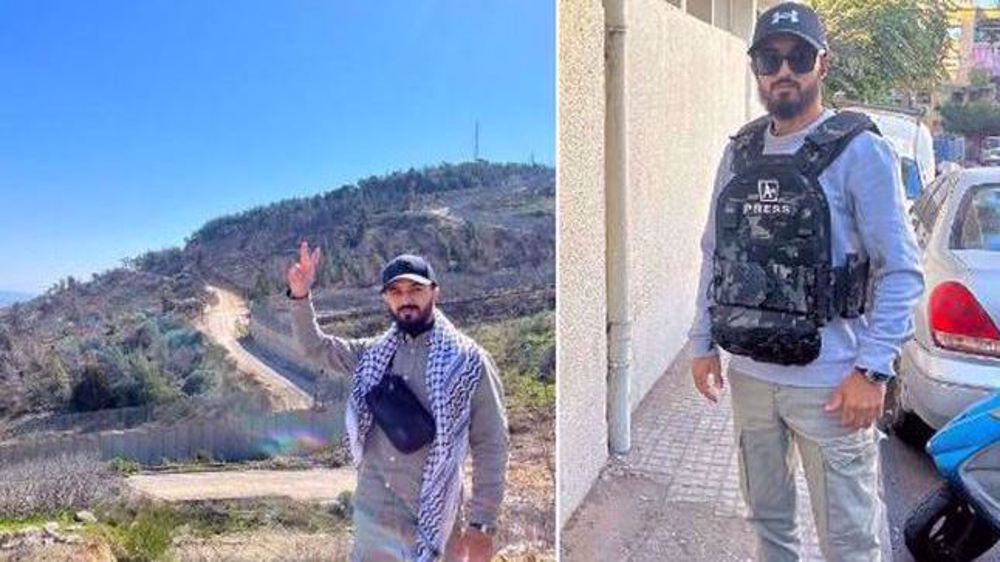
France detains Iranian journalist amid crackdown on pro-Palestinian voices

Israeli forces murder minor, critically injure young Palestinian during West Bank raids
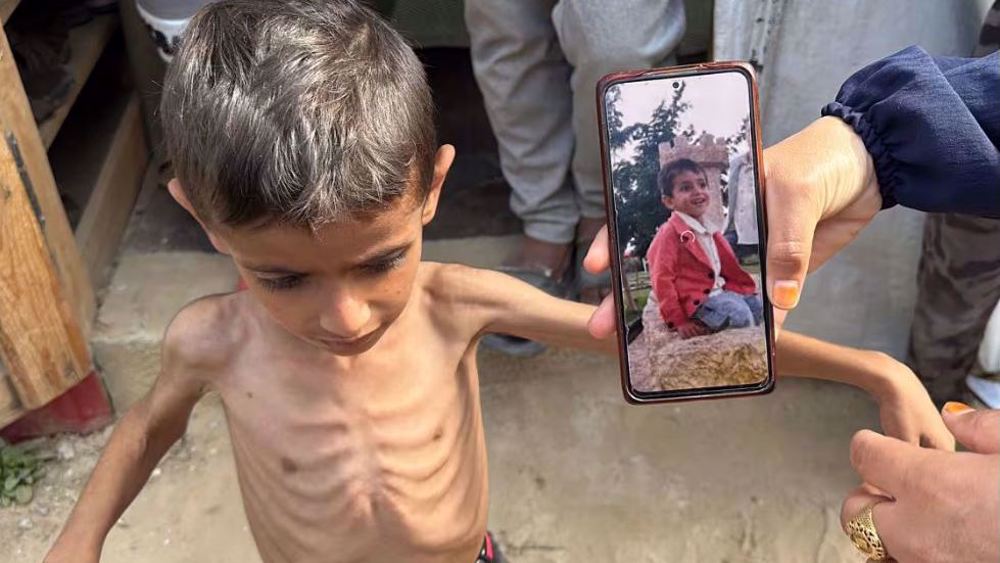
Tahrir Hospital director: Gaza children at most severe stage of malnutrition
VIDEO | Press TV's news headlines
VIDEO | Pakistan’s business and cultural front unites for Gaza: Nationwide shutdown, boycott announced
US jets carry out more aggression against Yemen
Syrian militants enslaving Alawite women in Idlib governorate: Report
VIDEO | US pro-Palestinian campus protest
VIDEO | Palestinian civil defense rejects Israel’s probe and exposes the crime
India downgrades ties with Pakistan after deadly Kashmir attack
Iran’s steel output up 3.7% y/y to 3.3 million mt in March






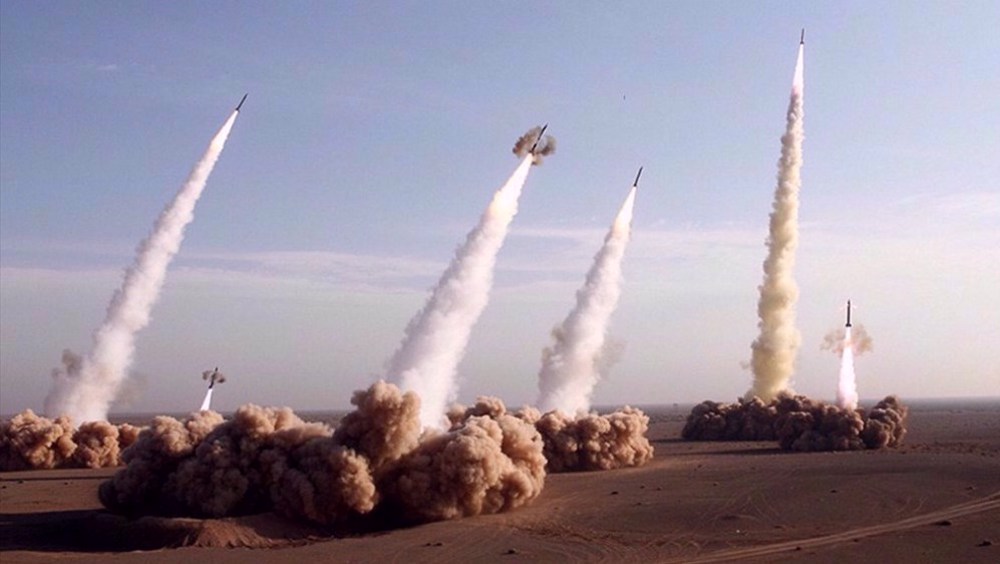

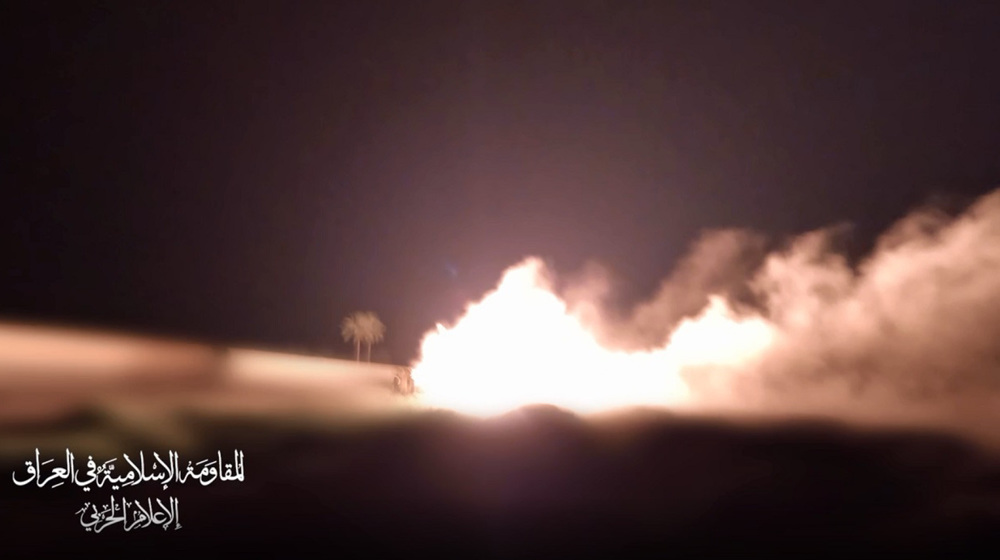


 This makes it easy to access the Press TV website
This makes it easy to access the Press TV website